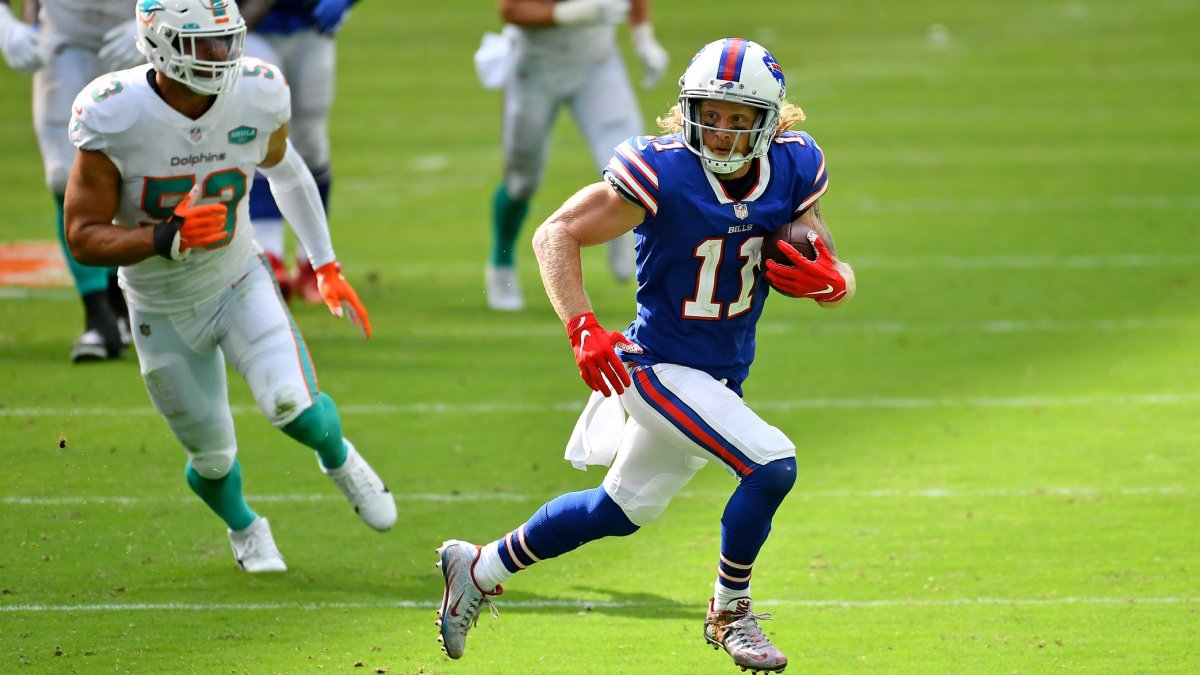Football is a game of small samples, wherein each game, each player and each play provides information from which we can learn and study its various intricacies.
Around this time last year, while we were all taking in the NFL scouting combine amid concerns about a possible pandemic, I wrote an article showing that, when it comes to coverage, the weakest link or links are the most important ones. My thought process was that outbreaks, whether they be of the public health variety or ones that happen on defense in football, don’t really happen because the best among the group falter. Rather, it's because the least powerful among them cave in. They are weak-link systems.
I wrote another article about offensive linemen in pass protection, and the results were similar, as one would expect. Defensive lines can control how they attack offensive lines (looking at you, Kansas City), leaving the offensive line at the whims of the opposing defensive coordinator. I left some other facets of play for later, figuring they were more likely to be strong-link systems.
For example, wide receiver play was a position I thought was a strong-link system, since the offense had the choice of where to throw the football; have a great player or a couple of great players there, and you’re set. The existence of Davante Adams in Green Bay and Tyreek Hill and Travis Kelce in Kansas City — the two favorite teams to go to and win the Super Bowl entering the playoffs — only strengthened my intuition.
I was wrong.
Or at least partially wrong.
Defenses have become smarter these days. PFF's Diante Lee wrote about what Brandon Staley is doing in Los Angeles, as well as how Todd Bowles befuddled Andy Reid in the Super Bowl. Teams that are able to play coverage with multiple defensive backs while stopping the run and rushing the passer without the aid of big box counts or blitzing have a chance against offenses with one or two elite options at wide receiver and tight end.
And while in the past it used to be secondary options that were sufficient to curb defenses whose base defense involved just four defensive backs, tertiary and deeper options are now apparently necessary to combat defenses deploying five and six defensive backs on the regular.
D.K. Metcalf and Tyler Lockett, while good enough to get the Seahawks to 12 wins and an NFC West title, were not enough to beat up on a Los Angeles team that ranked first in the NFL in WAR generated by defensive backs. Davante Adams, while more than enough ammunition to get the Packers to 13-3 (again) and through Staley’s Rams without Aaron Donald, was not enough to beat the Buccaneers — a team that has invested draft picks into seven defensive backs in the first four rounds of the past three drafts. And Tampa Bay brought a pass rush that made even Patrick Mahomes struggle in the Super Bowl despite him having one of the best WR-TE combos in league history in Hill and Kelce.
Exclusive content for premium subscribers

WANT TO KEEP READING?
Dominate Fantasy Football & Betting with AI-Powered Data & Tools Trusted By All 32 Teams
Already have a subscription? Log in




 © 2025 PFF - all rights reserved.
© 2025 PFF - all rights reserved.